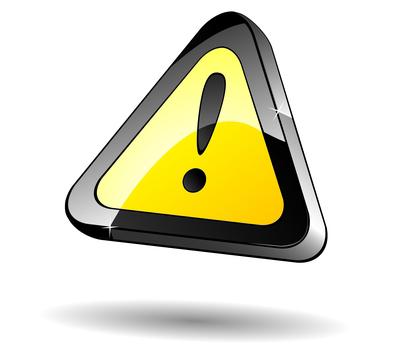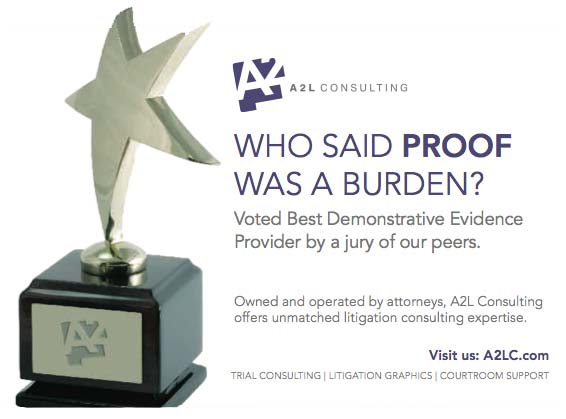by Ken Lopez
Founder & CEO
A2L Consulting
In our view, many common techniques that lawyers use in making courtroom trial presentations actually represent very common errors.
"Error" is a strong word, since trial presentation skills and techniques are not an exact science. However, every litigator and courtroom professional should know that there is a strong body of evidence that supports the idea that these approaches are less desirable and likely to be less effective.
- Don't Split the Audience's Attention. The redundancy effect and related split attention effect are the negative results of presenting information visually and orally at the same time. The classic example of the redundancy effect is a presenter who presents bullet points and then reads them. The human mind will struggle to process both -- and your audience will end up with less comprehension of your points than if you had presented either 100 percent visually or 100 percent verbally. Similarly, if you show something on screen, learn to pause to let your audience take it in.

- Don't Use All Pictures. On the other hand, one recent study suggests that jurors will perform better if there is some redundancy between what is said and what is shown in text. So for example, if you were explaining how LCDs work using a PowerPoint in a patent trial, it would be ideal to show litigation graphics with a few key words or phrases in the presentation that are repeated orally.
- Don't Just Speak. In the legal field, we see litigation graphics used in all sorts of contexts including arbitrations, patent technology tutorials for judges, Markman hearings, hearings on summary judgment motions or motions to dismiss, trials, mock trials, motions and briefs, administrative patent office disputes, ITC hearings, pre-indictment meetings with prosecutors, and many more contexts. No matter what the situation, there is well established science that combining visual and verbal materials results in optimal learning. The question that remains is what combination works best. Although it is not written in a very accessible manner, I think this 2011 article about the modality effect and factors that contribute to it is one of the best that I've read for an overview of the science in this area, although you may want to read our primers on statistics for litigators before diving in.
- Don't Use Bullet Points. They're not just bad due to the redundancy effect and the likelihood that people will just read your bullets and not listen to you. They generally come across as outdated, boring, and even condescending to the listener. See our article about bullet points from earlier this year.
- Don't Just Make Spotty Use of Litigation Graphics. One study we wrote about earlier this year demonstrates that the most effective trial presentation technique for showing litigation graphics is a so-called "immersive style." That is, constantly showing litigation graphics throughout the entire trial presentation.
- Don't Use Only Static PowerPoint Slides. One recent study about modality effects (also mentioned above) suggests a strong advantage is gained using dynamic presentations (i.e. animated PowerPoint slides, courtroom animation, etc.) over a series of static slides.
Related Trial Presentation Topics On A2L Consulting's Site






Leave a Comment